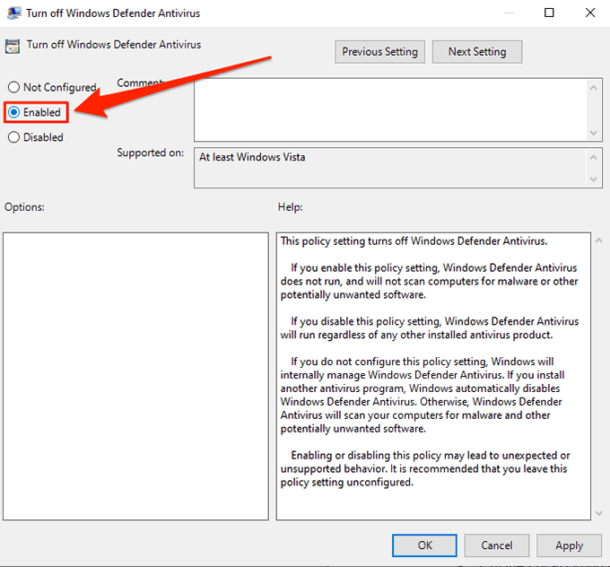

We strongly advise you to do the same to keep your computer protected at all times. However, we tend to be extra cautious and always have additional anti-malware software at hand. If your device is not at risk of malware exposure, it could be a good idea to turn off Microsoft Defender Antivirus. For example, the program can be taxing on lower-end PCs’ system resources. You might have other reasons to disable Windows Defender temporarily or permanently, even though Windows Defender provides one of the best antivirus solutions for Microsoft’s OS. Custom-made software you’re using for work, for instance, doesn’t pose a threat to your system, but the antivirus will keep sounding the alarm. Anyone using legitimate third-party apps might find this frustrating. Often, this antivirus will prevent software installation coming from a lesser-known developer if it deems it suspicious. Reasons to Stop Microsoft Defender Antivirus Users that haven’t had issues with this Windows 10 built-in antivirus solution may wonder why someone would want to stop any kind of protection from viruses, malware, and spyware, even temporarily. If you’re like us and you’re trying to get to the bottom of how to disable Windows Defender, our comprehensive guide is here to lend you a helping hand. That’s why, here at DataProt, we usually opt for reliable third-party antivirus alternatives. If you are a Windows 10 user, it’s more than likely that you had to wrestle with the often stubborn Microsoft Defender Antivirus at least once.


 0 kommentar(er)
0 kommentar(er)
